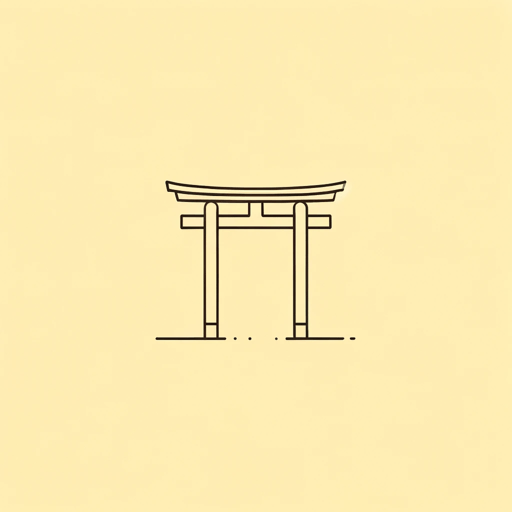21 pages • 42 minutes read
Ryūnosuke AkutagawaThe Nose
Fiction | Short Story | Adult | Published in 1916A modern alternative to SparkNotes and CliffsNotes, SuperSummary offers high-quality Study Guides with detailed chapter summaries and analysis of major themes, characters, and more.
Background
Religious and Historical Context: Japanese Buddhism
Zenchi Naigu, the protagonist of “The Nose,” is a Buddhist priest who serves within the imperial palace or court. The Naigu were associated with various rituals and religious duties within the court context, including conducting religious ceremonies, offering spiritual guidance, and promoting teachings and practices outlined in Buddhist scriptures, or sutras.
Buddhism was first established in Japan in the sixth century CE, around 1,000 years after it was founded by Siddhartha Gautama in India. There are three major traditions of Buddhism, which can be divided into hundreds of sects; however, Buddhists in general adhere to the teaching of the Four Noble Truths established by Gautama. The Four Noble Truths are (1) that life involves suffering; (2) that the cause of suffering is ignorance and craving, based on the illusion of a separate self or ego; (3) that suffering can end through purifying and awakening the mind; and (4) that a path to the end of suffering exists and consists of ethical living, meditation, and the development of wisdom. Japanese Buddhism as a whole is deeply influenced by Chinese teachings and belongs to the East Asian Mahayana school.
Related Titles
By Ryūnosuke Akutagawa



